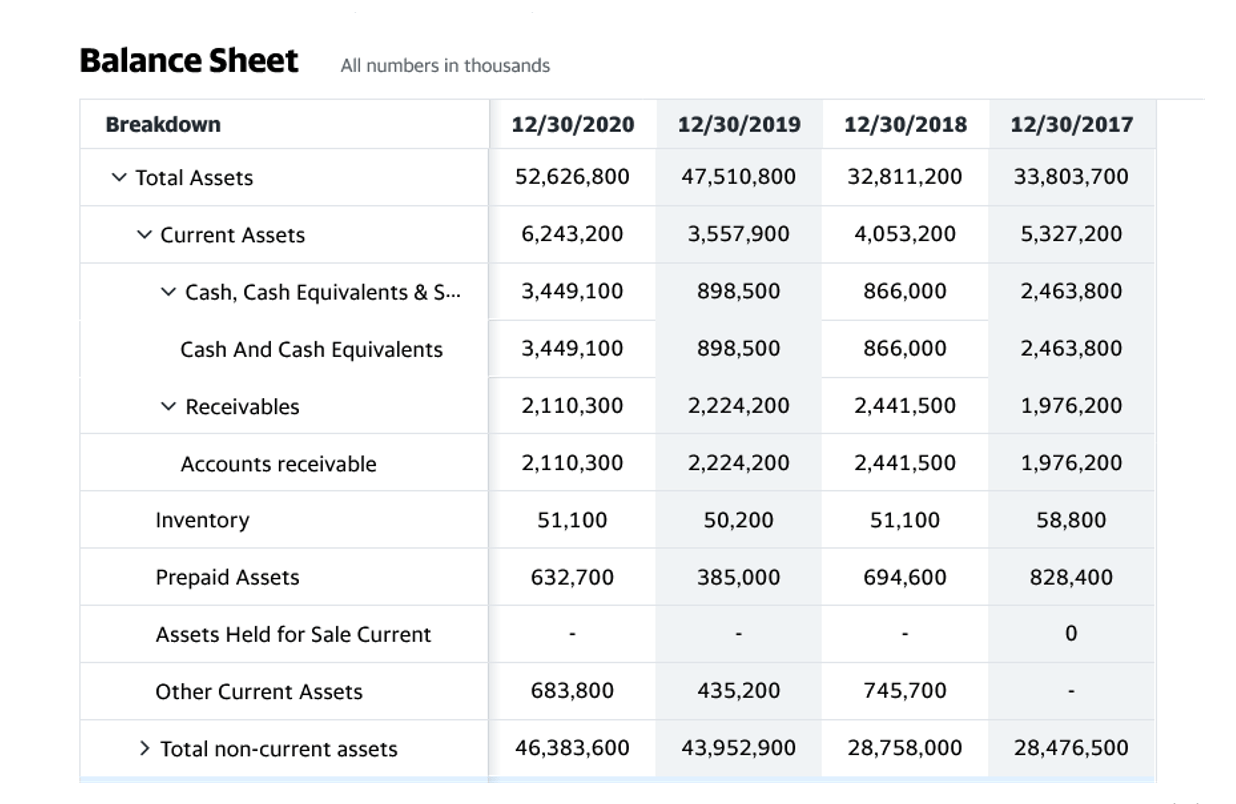
To better understand the financial health of the business, the ratio should be computed for a number of companies that operate in the times interest earned ratio provides an indication of the same industry. In turn, creditors are more likely to lend more money to Harry’s, as the company represents a comparably safe investment within the bagel industry. The times interest earned ratio measures a company’s ability to make interest payments on all debt obligations. Generally, a TIE ratio above 2 is considered reasonable, indicating that a company can cover its interest payments comfortably. At this point, a higher TIE ratio is generally better, as it signifies a stronger financial position and lower financial risk. Conversely, a TIE ratio below 1 suggests that a company cannot meet its interest obligations from its operating income alone, which is a cause for concern.

Why is the TIE ratio important?
It speaks of a company’s ability to manage its debt obligations, financial health and unearned revenue creditworthiness and make informed financial decisions. The Times Interest Earned (TIE) ratio is an insightful financial ratio that gauges a company’s ability to service its debt obligations. It is a critical indicator of creditworthiness that investors and creditors scrutinize to understand a borrower’s financial stability. Investors and analysts use this ratio, along with a range of other financial ratios, to paint a broader picture of a company’s current and future economic health. It’s a vital component of a company’s financial statements, allowing for more informed decisions.

Get all the insider financial info
- Rho’s AP automation helps process payables in a single workflow — from invoice to payment — with integrated accounting, and Rho fully automates expense management.
- Beyond financial stability, TIE provides valuable insights into a business’s operational efficiency.
- For instance, the debt-to-equity ratio can provide insight into a company’s overall debt level, while the current ratio can help understand its short-term liquidity position.
- TIE, or Times Interest Earned, is an important metric a business might want to understand to accurately evaluate and manage cash flow.
- That’s because the interpretation of a good TIE ratio depends on the industry, company size, and specific circumstances and requires a nuanced analysis that takes into account various factors.
As a rule, companies that generate consistent annual earnings are likely to carry more debt as a percentage of total capitalization. If a lender sees a history of generating consistent earnings, the firm will be considered a better credit risk. A TIE ratio far above the industry average can point to misappropriation of earnings. This would mean that the company is not utilizing its earnings towards reinvestment, expansion or new projects but rather paying down debt vigorously.
- Since these interest payments are usually made on a long-term basis, they are often treated as an ongoing, fixed expense.
- This increased attractiveness can drive up demand for the company’s stock, potentially leading to an increase in its stock price and overall market value.
- Generally, a TIE ratio above 2.5 is considered healthy, signifying that a company’s earnings are sufficient to cover its interest expenses by at least 2.5 times.
- EBIT is calculated by subtracting the cost of goods sold (COGS), operating expenses, and depreciation and amortization from a company’s total revenue.
- Additionally, it affects the management of existing debts, specifically regarding refinancing or restructuring the principal and interest payments.
- In other words, the TIE ratio gives you an insight into the proportion of earnings available to cover interest expenses.
Times interest earned (TIE) formula

It’s essential for companies to understand the TIE ratio, its importance, and how to use this calculation, as it illuminates a company’s fiscal fortitude against obligations. Another strategy is to use available cash flow to pay down debt faster and eliminate some of your interest expense. This source provides the 2021 median ICR ratio for a number of industries, based on publicly traded U.S. companies that submit financial statements to the SEC. To determine a financially healthy ratio for your industry, research industry publications and public financial statements. Companies may use other financial ratios to assess the ability to make debt repayment. When interest rates decrease or creditworthiness improves, refinancing high-interest debt with lower-cost options can significantly reduce interest expenses.

- Solvency ratios determine a firm’s ability to meet all long-term obligations, including debt payments.
- This quantitative measure indicates how well a company’s earnings can cover its interest payments.
- Adopting these strategies can fortify a company’s TIE ratio, underlining its ability to leverage finances and ensure consistent revenue.
- You’ll better understand whether a high calculation is standard or a one-time fluke if you analyze a company’s results over time.
- Strategies aimed at enhancing TIE encompass optimizing profitability, efficient debt management, and operational excellence.
A high TIE ratio often correlates with lower risk, implying that the company can comfortably meet its interest rate payments from its earnings before interest and taxes (EBIT). On the other hand, a low TIE indicates higher risk, suggesting that operational earnings are insufficient to cover interest expenses, potentially leading to solvency concerns. The Times Interest Earned Ratio is a crucial financial metric to assess Certified Bookkeeper a company’s ability to meet its interest obligations. This ratio is the number of times a company could cover its interest expenses with its operating profit.

- Once a company establishes a track record of producing reliable earnings, it may begin raising capital through debt offerings as well.
- Consider calculating the ratio several times over a specified period to determine whether it’s high.
- The TIE ratio is a barometer of financial leverage and a tool for making informed decisions about handling outstanding debts and planning business operations over time.
- The times interest earned (TIE) formula is a straightforward calculation that assesses a company’s ability to cover its interest expenses with its earnings.
- Generating enough cash flow to continue to invest in the business is better than merely having enough money to stave off bankruptcy.
- When interpreting the TIE ratio, a higher value generally indicates a favorable financial condition.
Monitoring the times interest earned ratio can help you make informed decisions about generating sufficient earnings to make interest payments, and decisions about taking on more debt. Solvency ratios determine a firm’s ability to meet all long-term obligations, including debt payments. This means that Tim’s income is 10 times greater than his annual interest expense. In this respect, Tim’s business is less risky and the bank shouldn’t have a problem accepting his loan. Interest expense encompasses all interest-related obligations, such as interest on loans, bonds, or any other interest-bearing liabilities.

Comments are closed